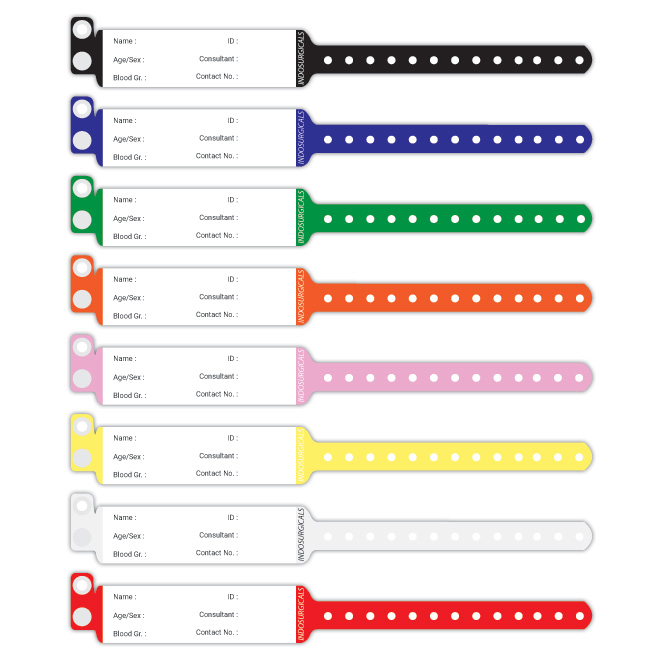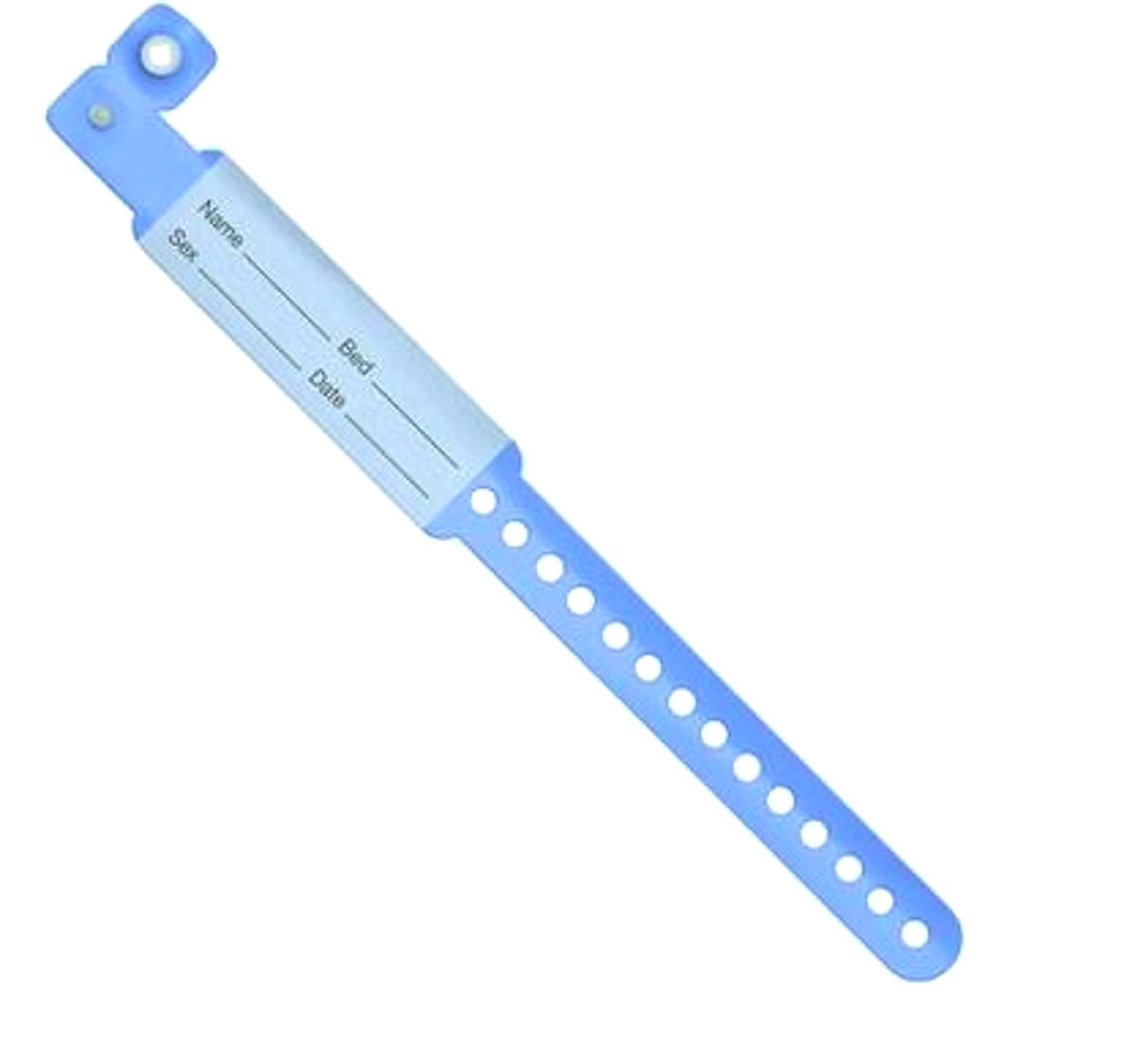How a Patient Identification Band Improves Patient Treatment and Reduces Hazards
How a Patient Identification Band Improves Patient Treatment and Reduces Hazards
Blog Article
Exactly How Patient Identification Band Plays a Crucial Function in Patient Administration and Care
Patient Identification bands work as a crucial gear in the detailed machinery of healthcare systems, acting as a safeguard against medical errors. As the frontline device for confirming Patient identification, these bands underpin essential processes from administering the correct medication to ensuring the appropriate individual undertakes the marked procedure. The extensive impact of such an ostensibly straightforward tool on Patient security, experience and end results might shock many, leaving one to contemplate the potential improvements and innovations that could additionally boost their effectiveness.

Understanding the Basics of Patient Identification Bands
In spite of the simplicity of their look, Patient Identification bands serve an essential function in health care setups. These basic wristbands, often constructed from plastic or paper, hold a wealth of details essential for Patient administration and care. They usually display the Patient's full name, day of birth, and a distinct Identification number, working as the main resource of Patient Identification. The bands might also present information such as allergic reactions or special care guidelines, offering medical care experts with immediate accessibility to vital details. The use of these Identification bands is taken into consideration a global procedure in health care, targeted at making certain Patient safety and security and precision of care shipment. The performance of Patient Identification bands counts greatly on consistent use and exact information input.
The Duty of Patient Identification Bands in Decreasing Medical Errors
A staggering variety of clinical errors take place due to Patient misidentification, underscoring the vital function of Patient Identification bands. These straightforward, yet critical, tools, aid doctor in correctly identifying clients, therefore lessening the probability of mistakes. These bands, usually equipped with barcodes or QR codes, consist of important Patient info such as name, age, and case history. This ensures that the appropriate care is delivered to the right Patient at the appropriate time. In high-stress settings where clinical employees handle countless responsibilities, Patient Identification bands act as a dependable and fast recommendation. Notably, they give a protect versus misidentification, decreasing the risk of inaccurate diagnoses, medication mistakes, and unnecessary procedures, thus playing an important role in reducing medical mistakes. right here
Enhancing Patient Safety With Identification Bands

The Impact of Patient Identification Bands on Patient Experience
Almost all individuals in healthcare settings experience the use of Identification bands throughout their care journey. These bands, generally put on around the wrist, have a profound influence on the Patient experience. They act as a consistent, noticeable reminder of the Patient's identity and medical conditions, guaranteeing individuals that they are identified and looked after. This easy yet vital device can dramatically decrease anxiety, particularly in huge medical facilities where the Patient might interact with various medical care service providers. In addition, these bands promote smooth changes in between different care locations, making certain smooth continuity of care. Periodic inaccuracies or pain connected with bands can negatively influence Continue Patient complete satisfaction. Thus, doctor need to make sure accuracy and convenience in operation Identification bands.
Future Growths and Developments in Patient Identification Bands Technology
While present Patient Identification bands have actually shown effective in boosting treatment, the horizon of technological improvements promises also better enhancements. RFID tags can supply real-time Patient location monitoring, while QR codes can keep thorough Patient information available via smart device scanning. Therefore, future advancements in Patient Identification bands hold significant possibility in reinventing Patient treatment.
Conclusion
Patient Identification bands are an important asset in medical care, making sure accurate Patient Identification and lowering medical mistakes. visit here These tools boost Patient security, increase confidence in medical care systems, and improve Patient experiences and results. With the potential for future improvements in Identification band innovation, their role in Patient management and treatment is readied to come to be a lot more crucial, strengthening their significance in the delivery of reliable and risk-free healthcare.
Just How Patient Identification Band Plays a Critical Role in Patient Monitoring and Treatment
A shocking number of clinical mistakes occur due to Patient misidentification, highlighting the essential function of Patient Identification bands. patient identification band.Undoubtedly, the usage of Patient Identification bands substantially boosts Patient safety in health care setups. Hence, future advancements in Patient Identification bands hold significant capacity in reinventing Patient treatment
Patient Identification bands are an important property in healthcare, guaranteeing exact Patient Identification and decreasing clinical mistakes.
Report this page